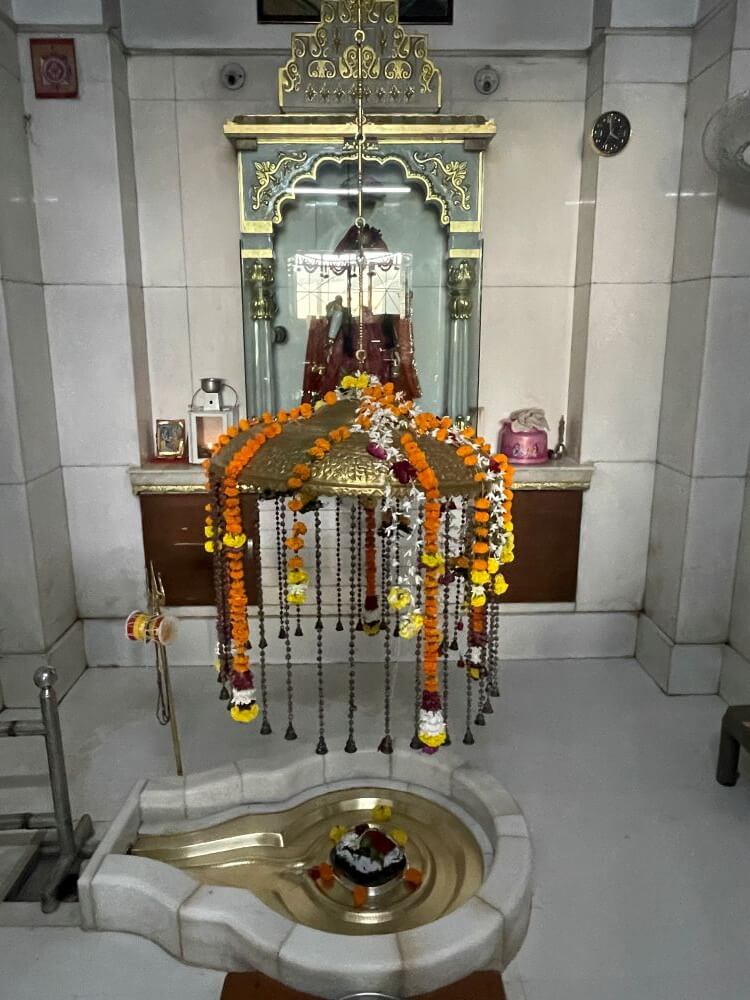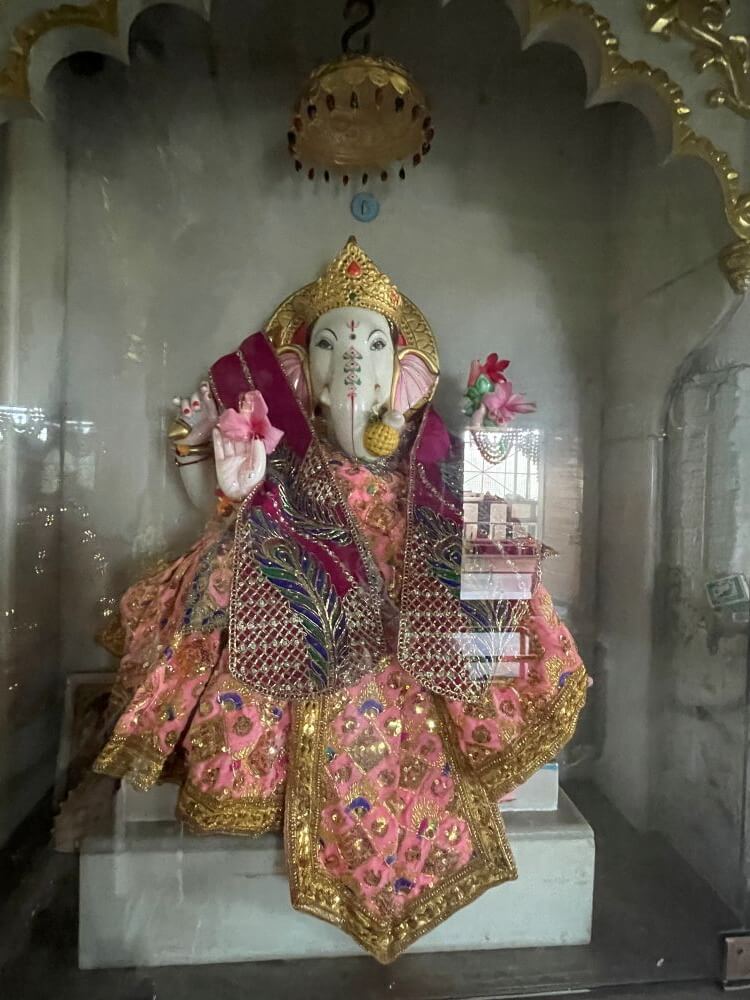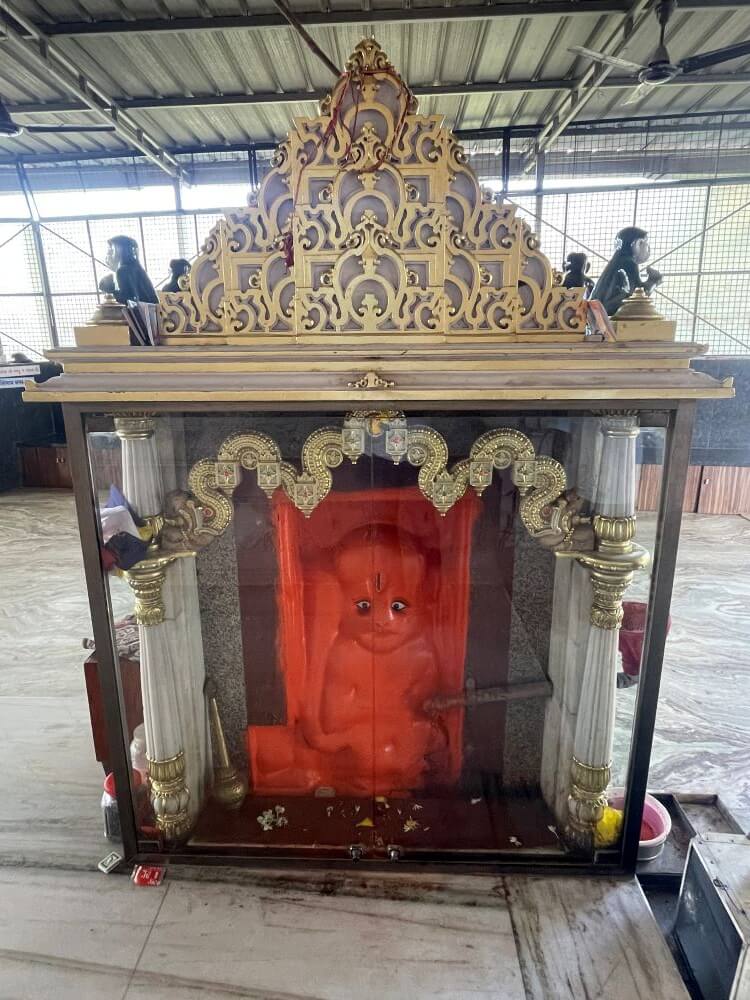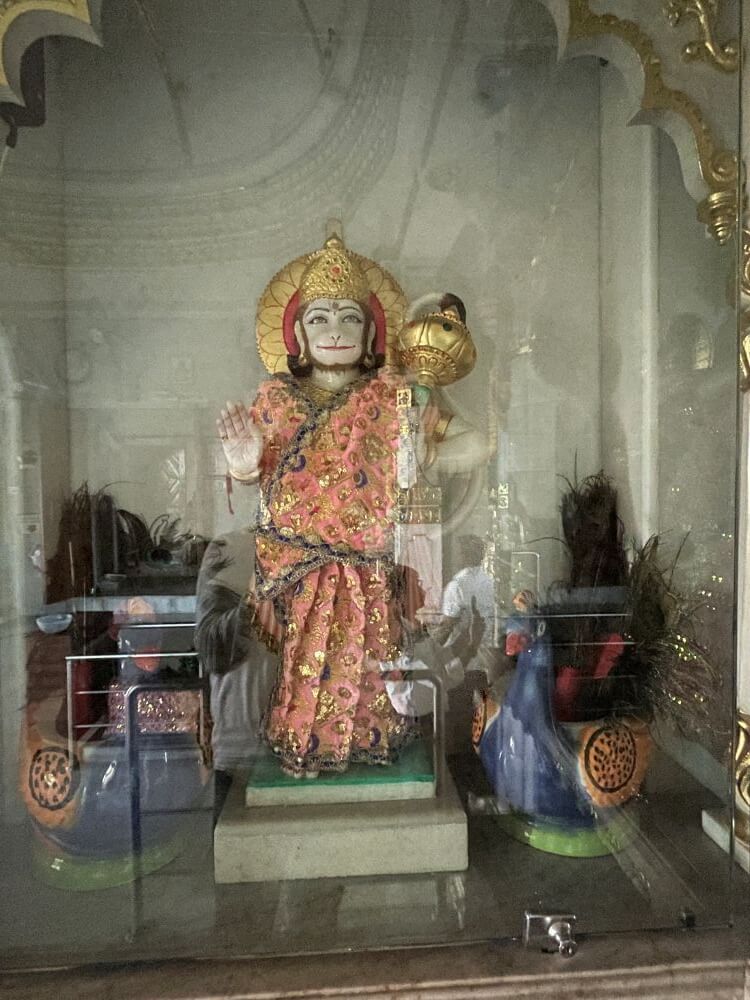 When devotees visit temples, they offer various items to the deity, ranging from simple leaves and flowers to milk and elaborate offerings of food. In some traditions, certain deities are offered animals like chickens or goats, while in West Bengal, fish are sometimes offered to goddess temples. However, in Surat, there exists a unique temple where live crabs are offered to Lord Shiva. This temple, known as the Ramanath Ghela Mahadev Temple, is located in Umergam on the banks of the Tapi River. It is believed that the deity at this temple has been venerated for thousands of years. Devotees also hold a strong faith that offering prayers here can cure ear-related ailments.
When devotees visit temples, they offer various items to the deity, ranging from simple leaves and flowers to milk and elaborate offerings of food. In some traditions, certain deities are offered animals like chickens or goats, while in West Bengal, fish are sometimes offered to goddess temples. However, in Surat, there exists a unique temple where live crabs are offered to Lord Shiva. This temple, known as the Ramanath Ghela Mahadev Temple, is located in Umergam on the banks of the Tapi River. It is believed that the deity at this temple has been venerated for thousands of years. Devotees also hold a strong faith that offering prayers here can cure ear-related ailments.
Two prominent legends are associated with the Ramanath Ghela Mahadev Temple, adding to its mystique and significance. One legend suggests that thousands of years ago, during his exile, Lord Rama visited this spot on the banks of the Tapi River. At the time, the area was covered with dense forests. While staying here, Lord Rama received the sorrowful news of his father, King Dasharatha’s demise. In the Ayodhya Kanda (Book of Ayodhya) of the Shrimad Valmiki Ramayana, there is a poignant episode where Lord Rama meets his brother Bharata. During this encounter, Lord Rama inquires about their father: ‘Kacchinnu dharate tata raja yat tvamihagatah । Kacchinna dinah sahasa raja lokantaram gatah ।।’ It means:  ‘Is our father, the king, still alive? Or has he, overwhelmed by grief, departed from this world, forcing you to come here to deliver the news?’ Bharata then informs him of Dasharatha’s passing. According to the Ramayana (102nd chapter of Ayodhya Kanda): ‘Niskrantamatre bhavati sahasite salaksmane। Duhkhasokabhibhutastu raja tridivamabhyagat।।’ It means : ‘Soon after you, accompanied by Sita and Lakshmana, left the kingdom, the king, overwhelmed by sorrow, ascended to the heavens.’ Following this, Lord Rama performed the ceremonial jalanjali (offering of water to the departed soul) and pindadan (ritual offering of rice balls) for his father. While the Valmiki Ramayana mentions this event as having taken place on the banks of the Mandakini River in Chitrakoot, the local legend of Surat claims that these rites were performed at the site where the Ramanath Ghela Mahadev Temple now stands.
‘Is our father, the king, still alive? Or has he, overwhelmed by grief, departed from this world, forcing you to come here to deliver the news?’ Bharata then informs him of Dasharatha’s passing. According to the Ramayana (102nd chapter of Ayodhya Kanda): ‘Niskrantamatre bhavati sahasite salaksmane। Duhkhasokabhibhutastu raja tridivamabhyagat।।’ It means : ‘Soon after you, accompanied by Sita and Lakshmana, left the kingdom, the king, overwhelmed by sorrow, ascended to the heavens.’ Following this, Lord Rama performed the ceremonial jalanjali (offering of water to the departed soul) and pindadan (ritual offering of rice balls) for his father. While the Valmiki Ramayana mentions this event as having taken place on the banks of the Mandakini River in Chitrakoot, the local legend of Surat claims that these rites were performed at the site where the Ramanath Ghela Mahadev Temple now stands.
According to another ancient legend, a Brahmin was required to perform the tarpan ritual (a ceremonial offering of water to ancestors) for King Dasharatha. At that time, Lord Rama prayed to the ocean deity (Sagara). Hearing his prayer, the ocean deity himself appeared in the form of a Brahmin. While performing the tarpan ritual at this site, many crabs were carried by the tidal waves and fell onto the Shiva lingam. Seeing their plight, Lord Rama declared that anyone suffering from ear ailments would be cured by seeking the blessings of Ramanath Mahadev. Following this, they should offer crabs to the Shiva lingam at this temple. Since then, the Paush Ekadashi (It falls on the 11th lunar day of the fortnight of the waxing moon in the Hindu month of Pausha. It is also called as Paush Putrada Ekadashi.) has been celebrated as the anniversary of Ramanath Mahadev.
Following this, they should offer crabs to the Shiva lingam at this temple. Since then, the Paush Ekadashi (It falls on the 11th lunar day of the fortnight of the waxing moon in the Hindu month of Pausha. It is also called as Paush Putrada Ekadashi.) has been celebrated as the anniversary of Ramanath Mahadev.
The temple, which has existed since ancient times, has faced the fierce currents of the Tapi River many times. As a result, the structure has suffered damage on multiple occasions. Today, a sturdy and magnificent temple has been constructed at this site, ensuring its resilience and grandeur.
Situated on the banks of the Tapi River, this temple is enclosed by a tall boundary wall. The temple courtyard features a high entrance archway. This arch is supported by circular columns adorned with makar-torana (a traditional decorative arch with crocodile motifs). The ceiling of the archway contains an engraved Omkar (the sacred syllable “Om”) within a square, flanked on both sides by statues of Nandi (the sacred bull and vehicle of Lord Shiva). Just outside the entrance archway, at a short distance, stands a shrine dedicated to Baliya Bapu.
Upon entering through the archway, there is a small shrine of Hanuman on the pathway leading to the main temple. The Hanuman idol here is smeared with vermilion (shendur)and its uniqueness lies in the fact that Hanuman is depicted in his child form (Bala Hanuman).
Further along, there is a shrine dedicated to Sheetala Mata. Within this shrine are four stones and, beside them, a semi-sculpted marble idol of a male deity. This deity has a distinct moustache, large earringsand tied-up hair. Adjacent to this idol is a statue of Sheetala Mata depicted mounted on a horse and holding weapons.
The Ramanath Ghela Mahadev Temple is built in the Gujarati-Rajasthani architectural style. Its structure comprises a large assembly hall (sabhamandap) and a sanctum (garbhagriha). The door frames of the assembly hall and the adjacent pillars are intricately carved. The lintel of the doorway features an idol of Ganesha, while the mandaraka (threshold) displays a beautifully sculpted kirtimukha (a mythical protective face) and a crescent-shaped stone.
The roof of the assembly hall is dome-shaped and intricately carved. In the centre of the hall stand black stone statues of Nandi and a tortoise. The walls of the assembly hall have niches (devakoshthak) housing idols of Radha-Krishna, Hanuman, Ganeshaand Sai Baba.
The entrance to the sanctum (garbhagriha) is adorned with intricate golden carvings. Notably, the base of the door pillars features idols of Vaishnava gatekeepers (dwarapal). The sanctum, floored with marble tiles, is situated slightly lower than the level of the assembly hall (sabhamandap). At its centre, a brass pedestal (shalunka) houses the Shiva lingam. Due to the tradition of offering live crabs, a small marble enclosure in the shape of a railing has been built around the pedestal. A golden canopy (chatra) is placed over the Shiva lingam. On the rear wall of the sanctum, within a niche (devakoshthak), rests an idol of Goddess Parvati.
The tradition of offering live crabs at this temple has been practised for generations. Devotees believe that offering a crab on the day of Makar Sankranti not only cures ear ailments but also alleviates other health issues. As a result, the temple sees a massive influx of devotees on this day. It is said that on Makar Sankranti, a special puja and abhishek (ritual bath) are performed for Lord Shiva, following which live crabs are offered to the lingam. The crabs are later released into the Tapi River.
The temple also draws large crowds during Mahashivratri and Paush Ekadashi. These festivals are celebrated with great enthusiasm and devotion in a spiritually charged atmosphere.
